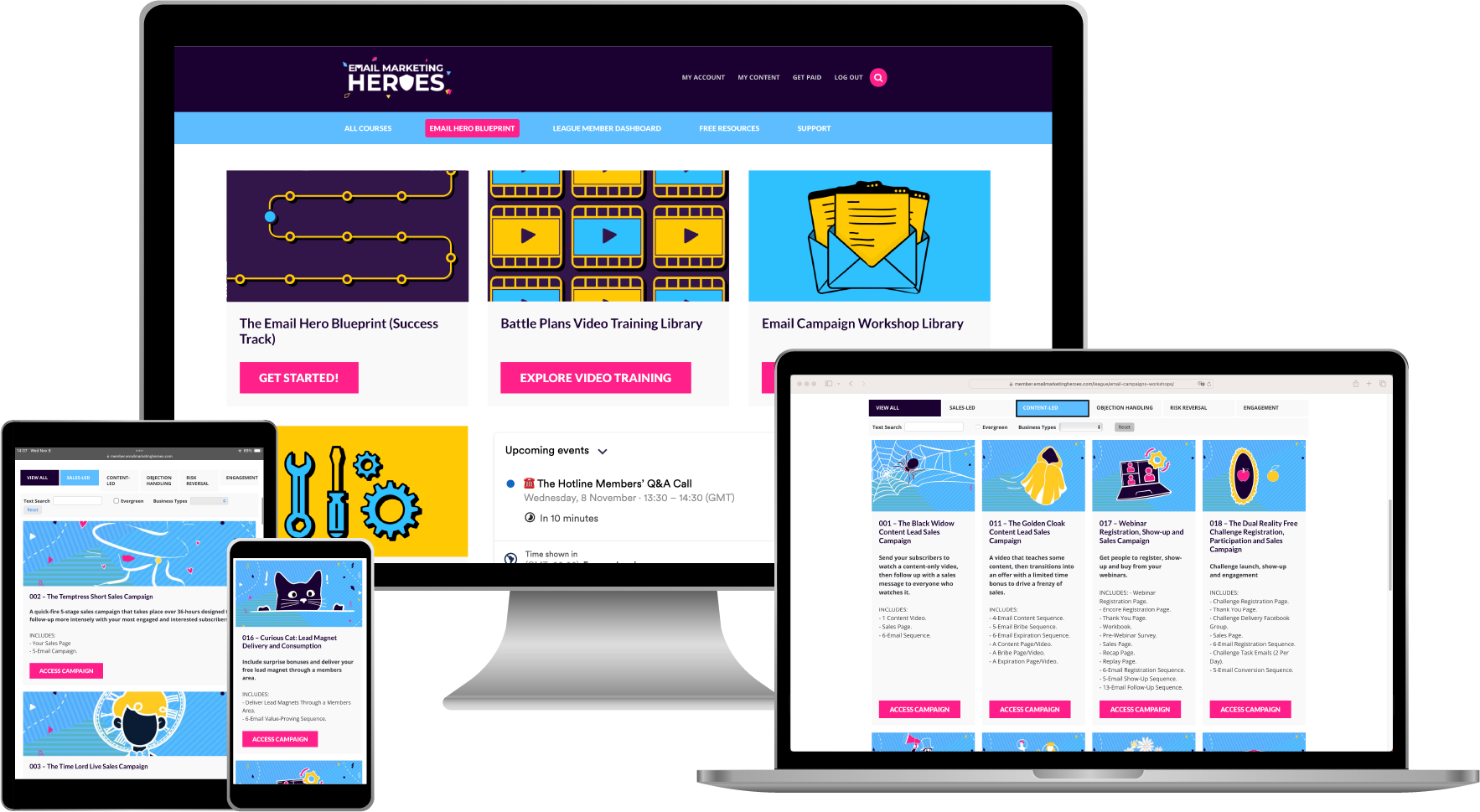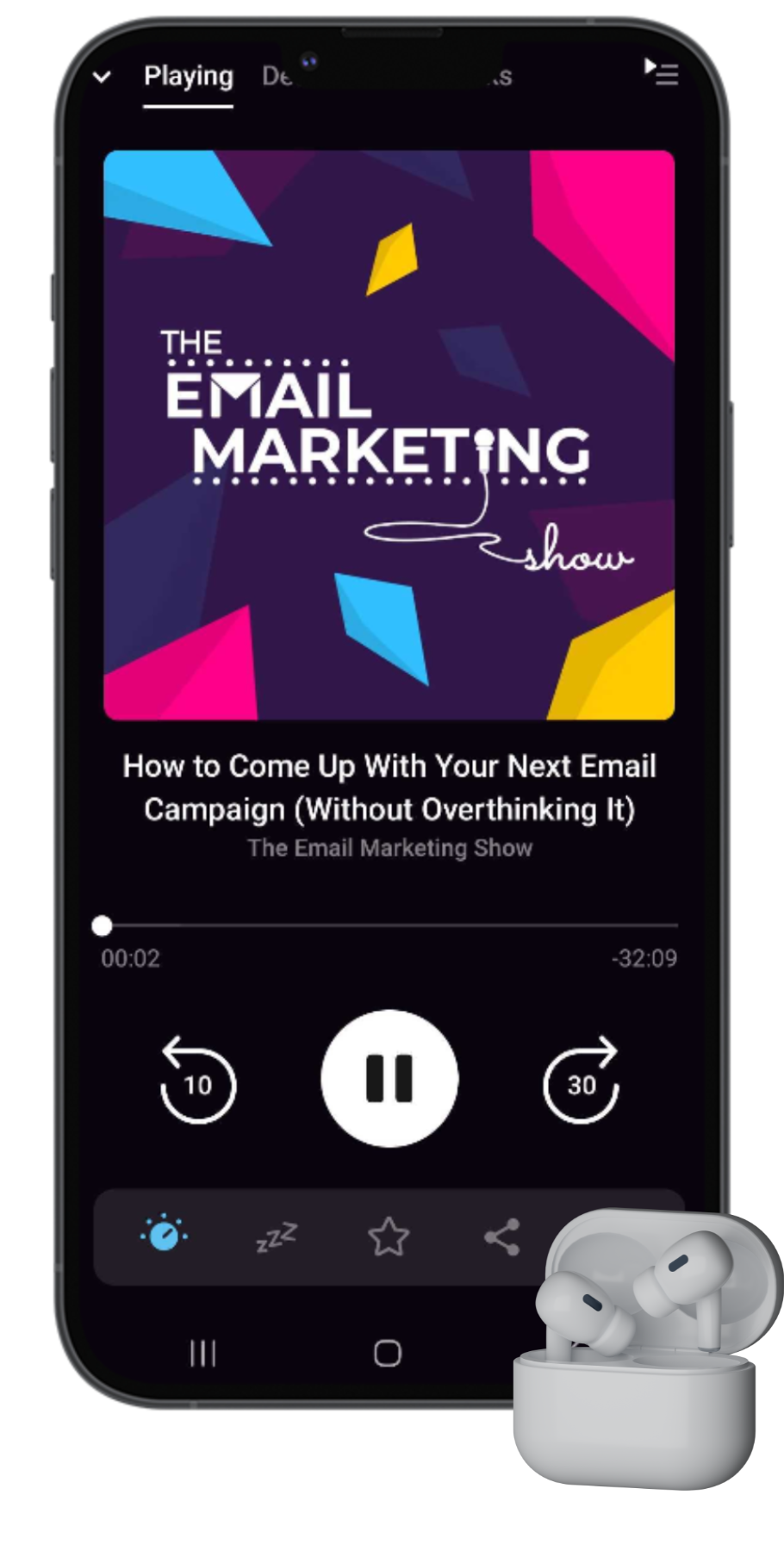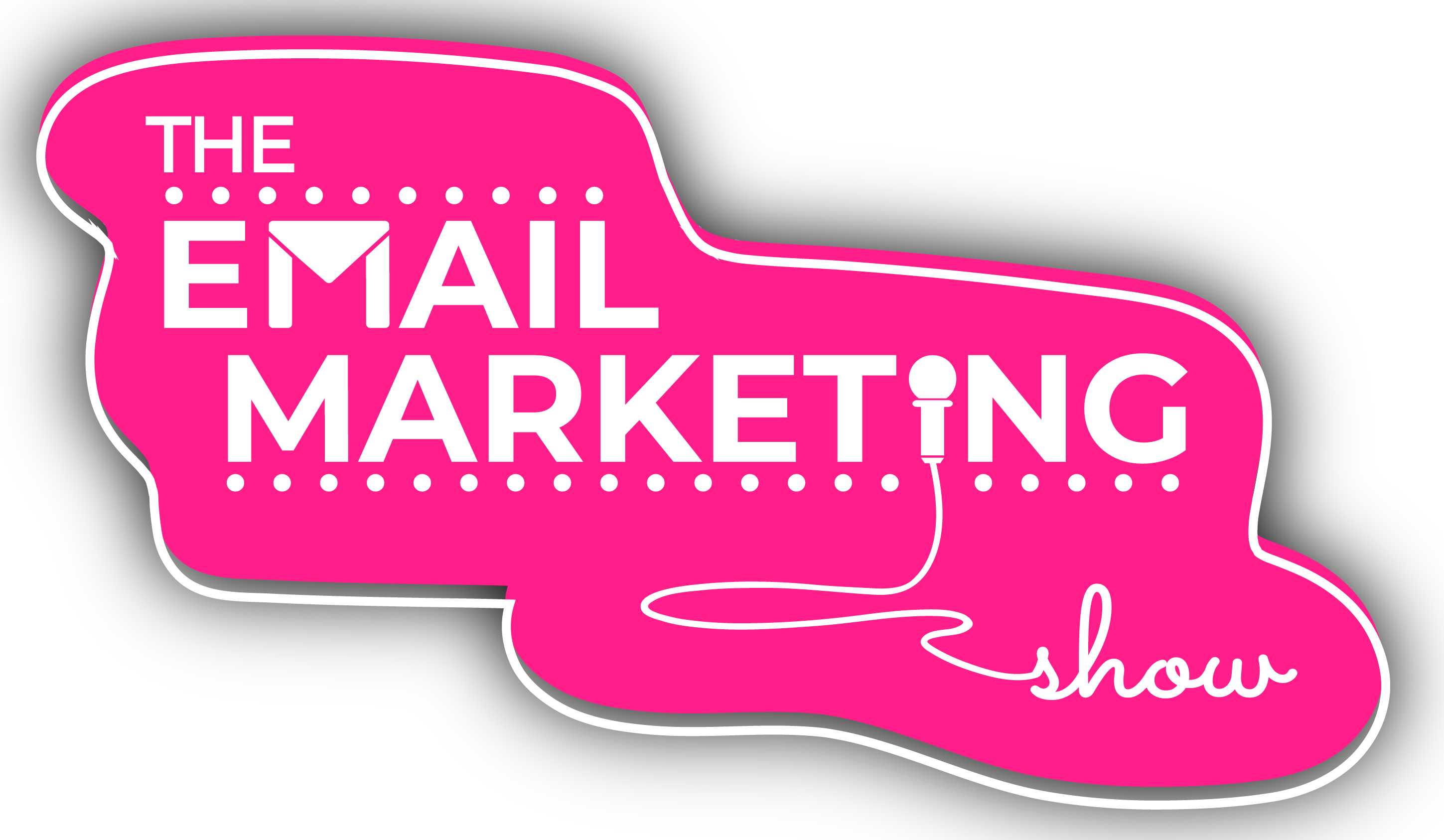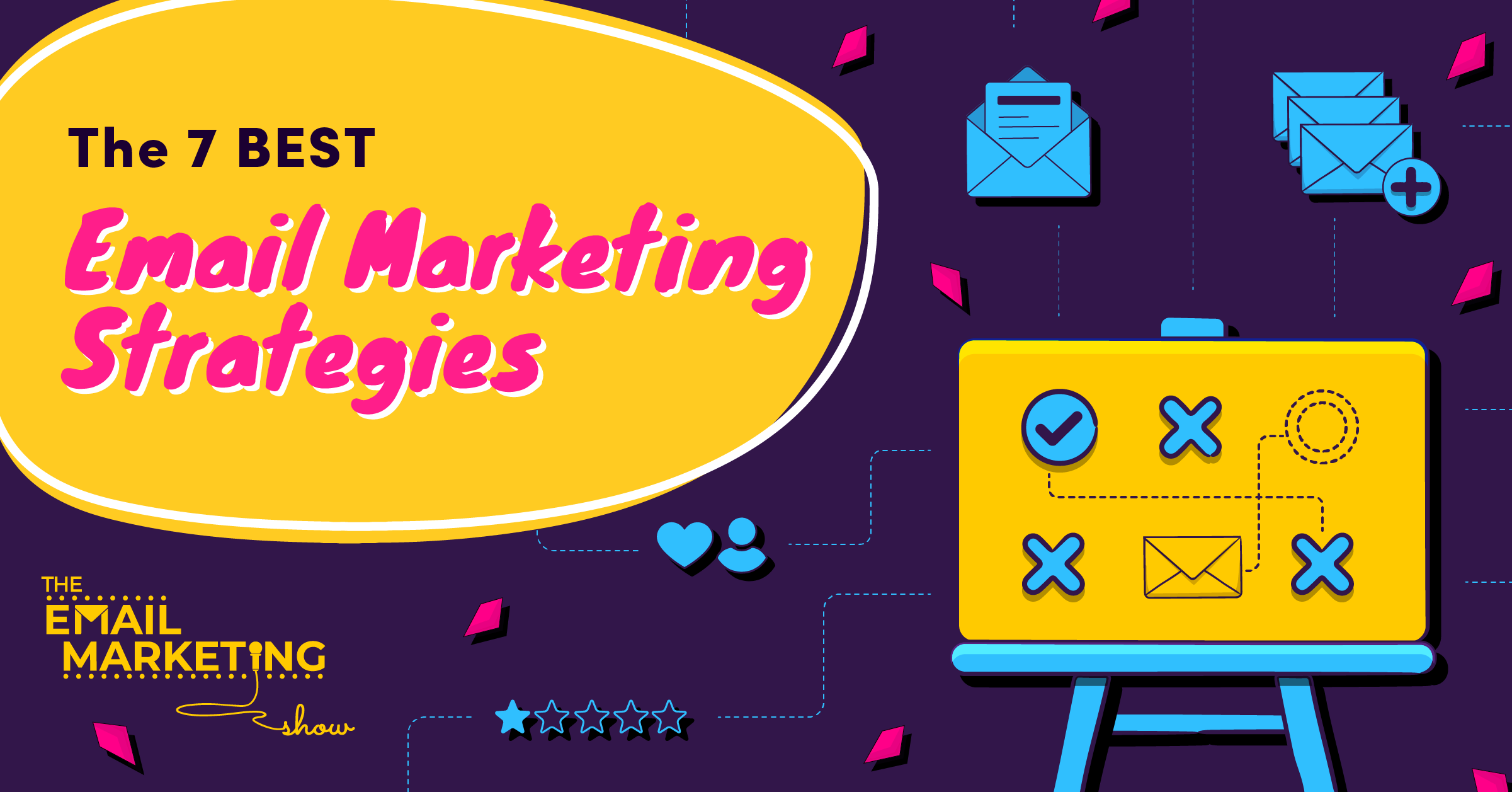
The 7 BEST Email Marketing Strategies That Shouldn’t Work (But Absolutely Do!)
What are the BEST email marketing strategies out there? Well, we have 7 strategies for you that shouldn't work, but they absolutely do!
We're Kennedy and Carrie, and the things we're going to share might surprise you. But trust us, they work!
Ready to get all the good stuff?
SOME EPISODE HIGHLIGHTS: (0:33) Want to carry on with the conversation? Join our FREE Facebook group. (2:42) 1. Send more emails. (5:09) 2. Include one clear call to action in all your emails. (8:06) 3. Talk about yourself. (16:23) 4. Stop using benefit-driven subject lines. (17:53) 5. Send emails that 'divide' your audience. (26:20) 6. Share complaints or negative reviews. (30:00) 7. Send 'ugly' emails. (31:49) Join The Email Hero Blueprint. (32:17) Subject line of the week.
1. Send more emails
A lot of what we teach seems counterintuitive. People often think certain strategies can negatively impact engagement, sales, and overall results. But the first strategy we know works in email marketing is sending more emails. To quote Laura Belgray from The Talking Shrimp (who was on the show long ago), “When it comes to email, more is more”.
The more emails you send, the more chances you give people in your audience to hear about your offers. Because many of the people on your list don’t even know what you sell! We're all busy. We’re getting on average 147 emails daily (and that doesn’t even include social media), and we all have lives and responsibilities!
Think about it – you are the only person who sees all your emails. They take up way more space in your head than everyone else’s. You're the one who has to conceptualise, write, and correct them. You're the one who has to decide who to send them to and when. Your people won't see all of them, so send more!
Sending more emails is also a great strategy to improve your email deliverability. The more emails you send, the more evidence you give Gmail and the other platforms that you are a trustworthy sender.
Also, when sending more emails, you get to talk about your offers from different angles. Don't try to fit everything into one email. Your emails will end up being too long (and no one will read them), and you'll run out of things to say! Instead, send emails with lots of different angles and hooks – talk about the different parts of your offer so people can find the piece that resonates with them the most.
2. Include one clear call to action in ALL your emails
You've probably heard that you must give value in your emails rather than sell all the time. But we believe you need to include a call to action in ALL your emails to increase awareness, the uptake of your offers, and ultimately, sales. Tell people what you want them to do next.
This is great for you because when someone clicks on the links in your email or replies to you, they send a powerful signal to Gmail and other platforms that real humans are receiving your emails and engaging with them. This improves your deliverability.
Another reason this works is that you're giving people something to do with your emails. They’re no longer in a passive state – they become active. They're thinking, considering, consuming your content, and absorbing what you’re saying. That means they’re more likely to buy.
Plus, when you include links in your emails, you train people to click on them. You're teaching them a specific behaviour – to open your emails, read them, and click through the links. People learn there's always something good, valuable, or interesting in your emails.
The key is giving your audience something to click on that's good – never misleading or useless. If you don't put links in your emails, people can't buy from you! So include links to help your audience engage with your emails. Show them you’re a human being on the internet – not just some person who sends them words in an email.
3. Talk about yourself
This is another counterintuitive strategy because we’ve all been taught we shouldn’t talk about ourselves all the time. Instead, we should email about our products, their benefits, or our audience. We don't agree with that. We think that, in your emails, you should talk about yourself and share your likes and dislikes.
People in your audience enjoy having a peek into your life. They also want reassurance and inspiration. They like to know your hobbies, or what you're good at or not so good at, for example. When you share facts about yourself, some people will relate. For others, you'll create some form of status reversal. For example, Kennedy is very good at email marketing but terrible at gardening. When reading that, someone good at gardening will suddenly feel great about themselves because they’re better than Kennedy at something.
Build a rapport with your audience
Sharing interesting facts about yourself also helps you build a rapport with your audience. It makes it real – you're no longer an anonymous person on the internet. And let’s face it – there are more things to talk about that relate to your life than there are features and benefits of your product or service! You have an infinite number of things you can talk about that relate to your everyday life. The reason why people run out of ideas for content in their emails is they’re trying to talk about their products. But there’s only so much you can say about your products!
Also, people love to be connected. It’s hard to disconnect from a business you feel an affinity with, especially if you know things about their humanness. It’s easier to disconnect from a business than to disconnect from a human.
For example, in her emails, Carrie talks a lot about tacos, the colour orange, or polka dots. People who have been in her audience long enough to know this will send her pictures of things they see. Because they make them think of Carrie – there's an affinity there. So give people anchors to associate things with you and your business. Because without these things, they'll feel disconnected.
What you share can be silly or serious – it's up to you. It can be tacos, coffee memes, musical theatre, and anything in between. It’s about giving people things to know about you that are bigger than just your business. Another advantage of building this rapport is that when you have a blip in your business, people will be more forgiving. And that's because they feel like they know you on a human level.
4. Stop using benefit-driven subject lines
You may have come across email marketers selling swipe files with templates and formulas for subject lines that are benefit-driven. These may have worked in the past, but we're now more marketing savvy and aware. We all know what marketing emails look like and how to avoid them!
So what we suggest you do instead is to create compound curiosity with your subject lines. You want to have at least two elements of curiosity in your subject lines, and you'll see how your open rates will increase! Because people don't want to open emails knowing you're only going to sell to them. We've done a lot of split tests over the years, and we can say, with confidence, that benefit-driven subject lines don’t work as well as subject lines that generate compound curiosity.
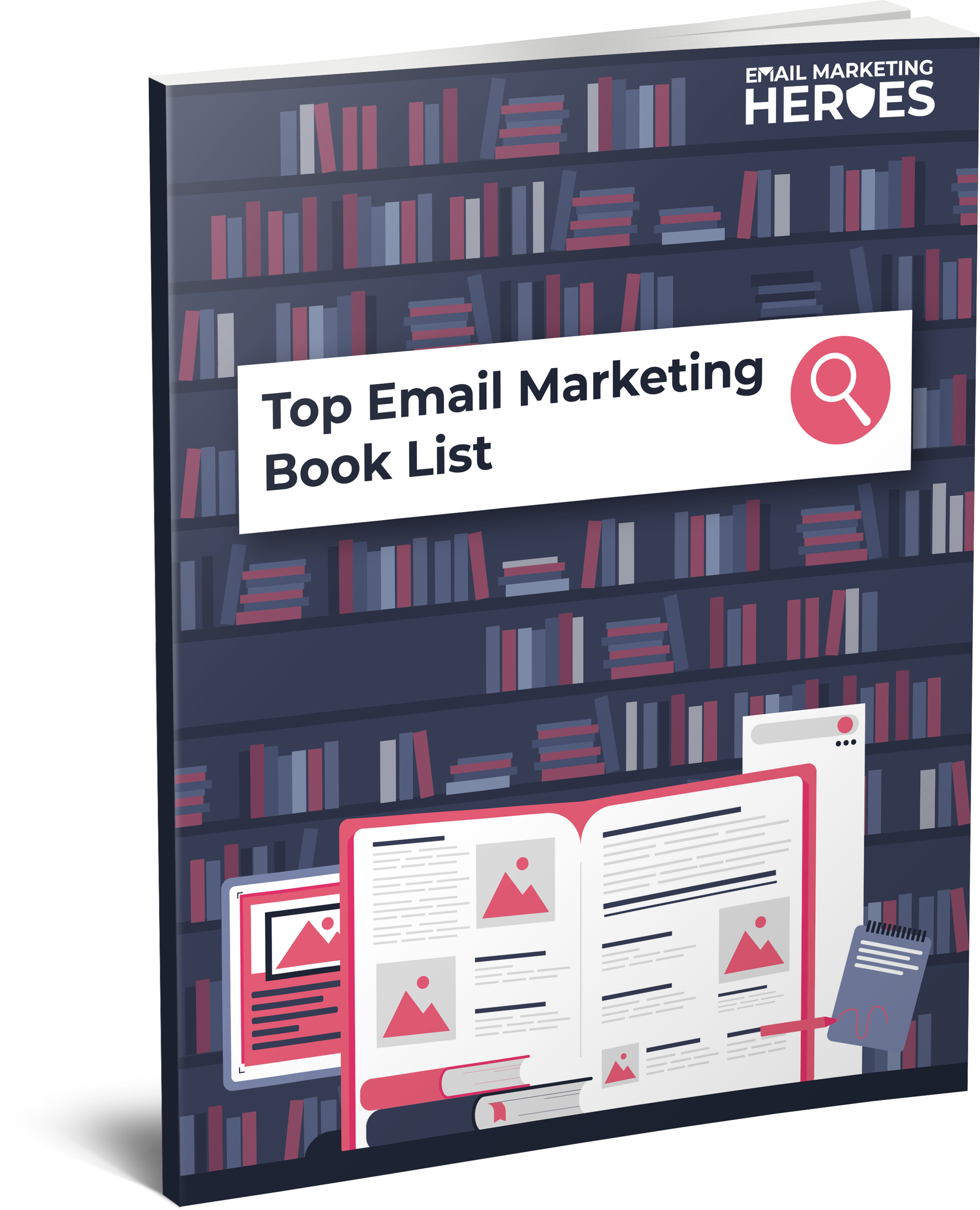
The Top 10 Books To 'Power Up' Your Email Marketing
10 book recommendations that will improve all areas of your email marketing (including some underground treasures that we stumbled upon which have been game-changing for us).
5. Send emails that ‘divide' your audience
Divisive emails can work. We are comfortable with the fact we are people with opinions (which, over time, can change). So what we mean by ‘dividing' people is having an opinion and standing by it. A lot of business owners seem to tiptoe around what they mean. Instead, embrace saying what you stand by. You can always change your mind later if you get new information, the facts or the technology change, or you learn something new. “Stand for something, or you’ll fall for anything”, Carrie says. Don’t be afraid to stand for what you believe in. People like that. And if that's enough to repel someone, they probably weren’t your person anyway. You want them to learn that now rather than later – when they're in a paying relationship with you.
For example, we use swear words in our external content. And that's to make sure people are comfortable with that. The last thing we want is for someone to buy our products and then be offended by how we speak. We want people to be ready for that in advance.
Another way to divide people is to use “us vs them” arguments. This doesn't mean splitting the people on your email list into corners! It's about what ‘we' stand for vs what ‘the rest of the world' believes. For example, we stand against using tricky subject lines. We don’t do that, and we say that quite openly. So if someone ‘on the outside' feels strongly about using them, they won’t be right for our world. We aim to bring the right type of people into our business. This doesn't mean ‘throwing rocks at the enemy’ like some sales copywriters might say. But you have to know where you’re building your camp.
6. Share complaints or negative reviews
Kennedy had a great example of this. He once attended the Edinburgh Festival (the largest performing arts festival in the world) where everyone doing a gig had their posters printed with reviews from all the newspapers. One particular comedian chose to post a one-star review on his poster, which read, “I don’t know why everyone else was laughing”. Isn't this brilliant?
If you only ever broadcast four- or five-star reviews about your products, they won't feel real. People don't trust those reviews and assume you've paid for them! But like in the example of the comedian above, there can be something of value in a low-star-rating review that you can share in an email. Negative reviews are sometimes hilarious, and they make you look real. Plus, when you share a negative review, you take its power away.
7. Send ‘ugly' emails
‘Ugly’ emails (as opposed to pretty newsletter templates) work because they’re the type of emails you’d send a family member or a friend. You wouldn’t overly format these types of emails. Emails we send each other aren’t necessarily pretty – you don’t spend time working on how they look!
So we’re not saying you need to make your emails purposefully ‘ugly’ – it's all about plain and simple black text on a white background. They’re faster to produce and allow you (and the reader) to focus on the message and the pictures you’re painting with your words, rather than with actual images. That way, you can tap into your readers' imaginations, which is way more powerful.
Join The Email Hero Blueprint
If you want to apply all these strategies and have all the resources you need to send out emails that get great results (without having to figure it out yourself), we’re giving you all the resources, templates, and frameworks inside our programme, The Email Hero Blueprint. So go check it out!
Subject line of the week
This week’s subject line is “Patchwork garden.” It was about the fact that Kennedy was mowing his lawn and realised it was all patchy with bits of brown and green. But when you step back and look at the grass from above it looks fine!
The theme of the email was that sometimes we can be too close to something and only focus on the difficulties or the problems. But when you step back, you see the overall picture – it's all about perspective. So remember that nobody is picking apart your emails the way you do. This subject line generated curiosity, and that’s why it worked. Try it out!
Useful Episode Resources
Related episodes
The Truth About All The Surprising Things That REALLY Impact Your Email Deliverability.
Perfect Timing? What’s The BEST Time To Send An Email For Maximum Impact?
FREE list to improve your email marketing
If you want to write better emails, come up with better content, and move your readers to click and buy, here's how. Here's a list of our Top 10 most highly recommended books that will improve all areas of your email marketing (including some underground treasures that we happened upon, which have been game-changing for us). Grab your FREE list here.
Join the FREE Facebook group
Do you want to chat about how you can maximise the value of your email list and make more money from every subscriber? There's a way! Every business is different, so come and hang out in our FREE Facebook group, the Email Marketing Show Community for Course Creators and Coaches. You'll find a lot of training and resources, and you can talk about what you're up to.
Try ResponseSuite for $1
This content is sponsored by ResponseSuite.com, the survey quiz and application form tool that we created specifically for small businesses like you to integrate with your marketing systems to segment your subscribers and make more sales. Try it out for 14 days for just $1.
Join The Email Hero Blueprint
Want more? Let's say you're a course creator, membership site owner, coach, author, or expert and want to learn about the ethical psychology-based email marketing that turns 60-80% more of your newsletter subscribers into customers (within 60 days). If that's you, then The Email Hero Blueprint is for you.
This is hands down the most predictable, plug-and-play way to double your earnings per email subscriber. It allows you to generate a consistent sales flow without launching another product, service, or offer. Best news yet? You won't have to rely on copywriting, slimy persuasion, NLP, or ‘better' subject lines.
Want to connect with Carrie?
You can find Carrie on her website or at Fully Leveraged Business.
Subscribe and review The Email Marketing Show podcast
Thanks so much for tuning into the podcast! If you enjoyed this episode (all about the 7 BEST email marketing strategies that shouldn't work but absolutely do) and love the show, we'd appreciate you subscribing and leaving us a review of the show on your favourite podcast player.
Not only does it let us know you're out there listening, but your feedback helps us to keep creating the most useful episodes so more awesome people like you can discover the podcast.
And please do tell us! What do you really fill your working days with if you don't spend time on email marketing? We'd love to know!

